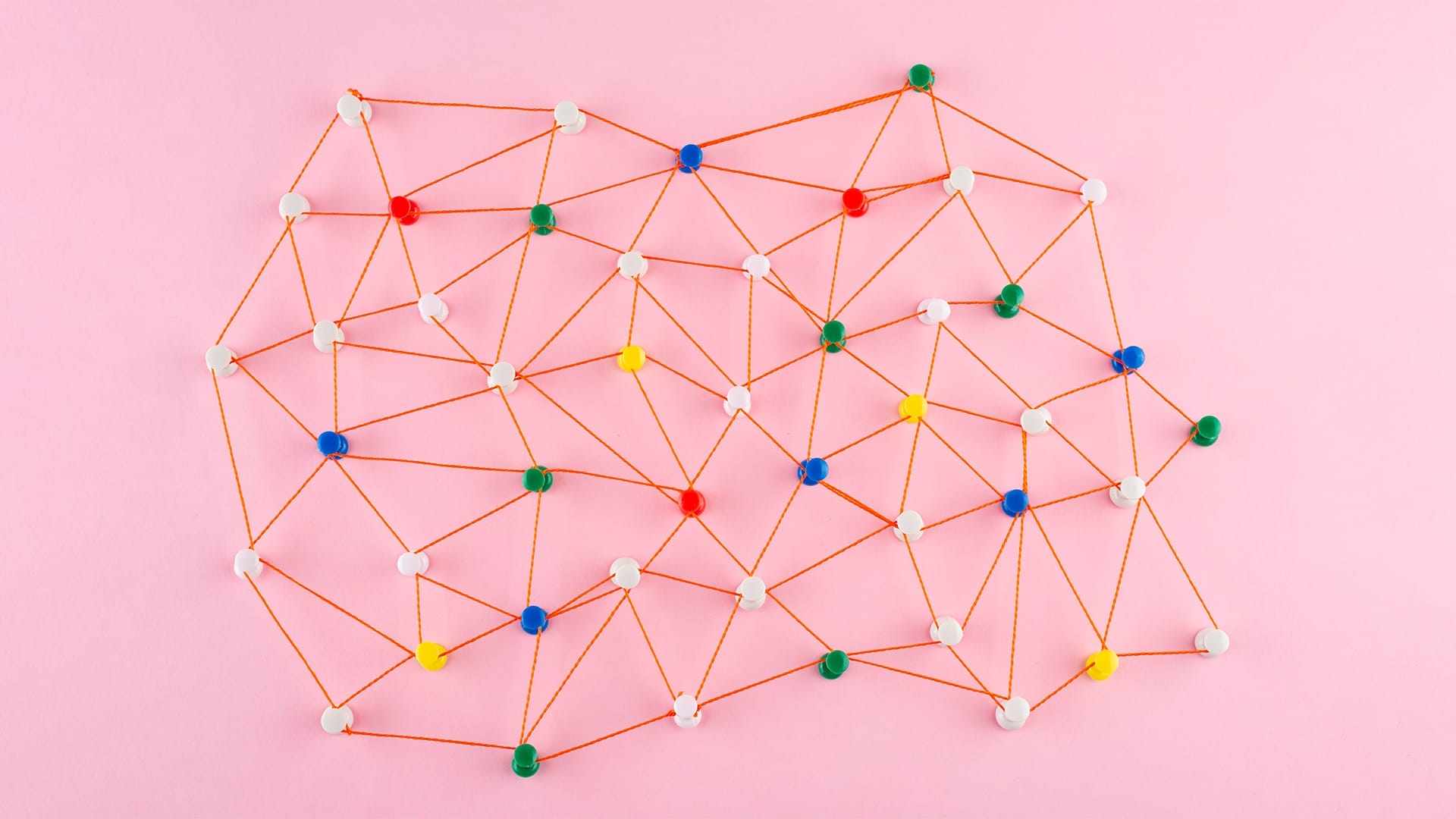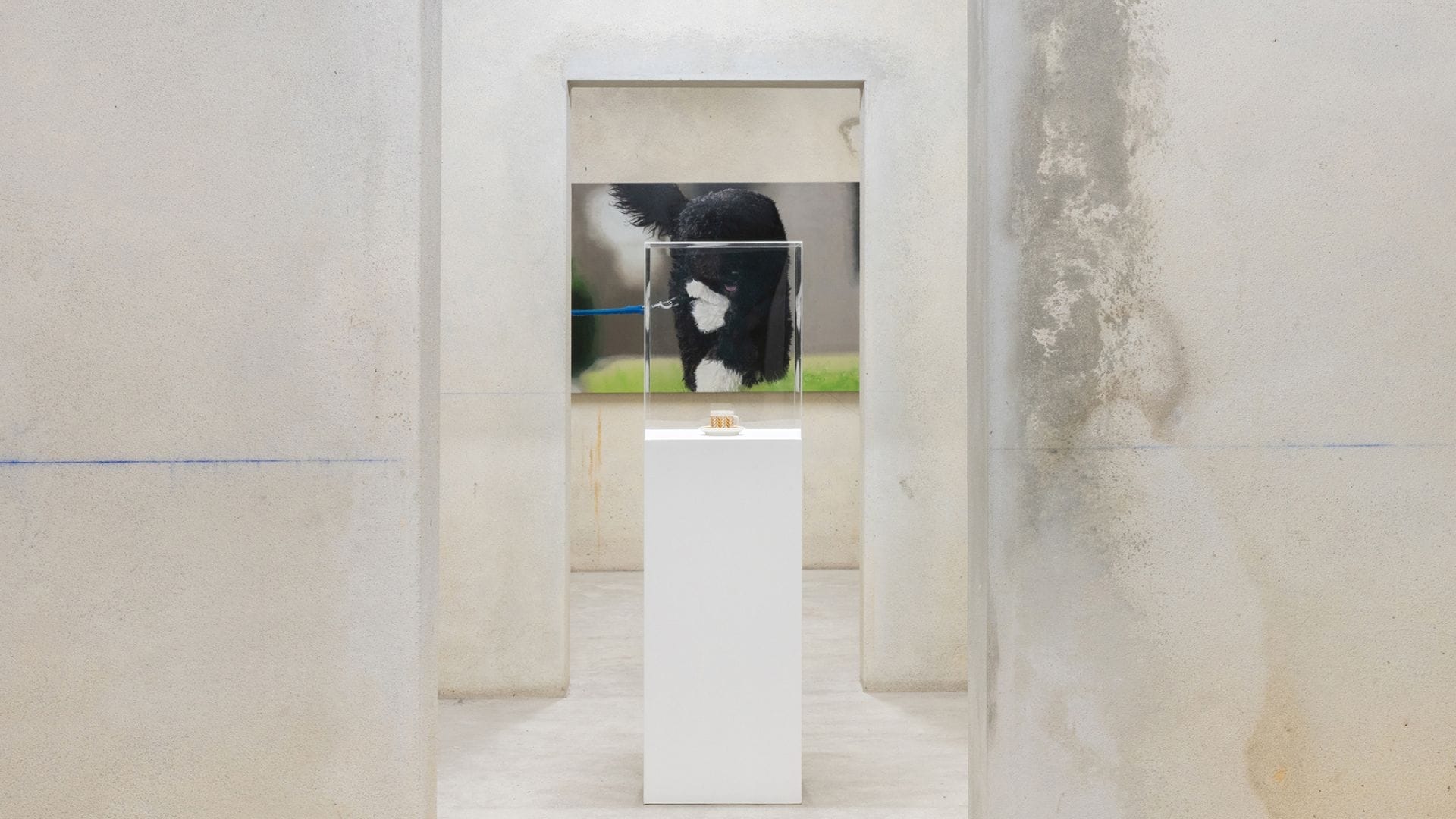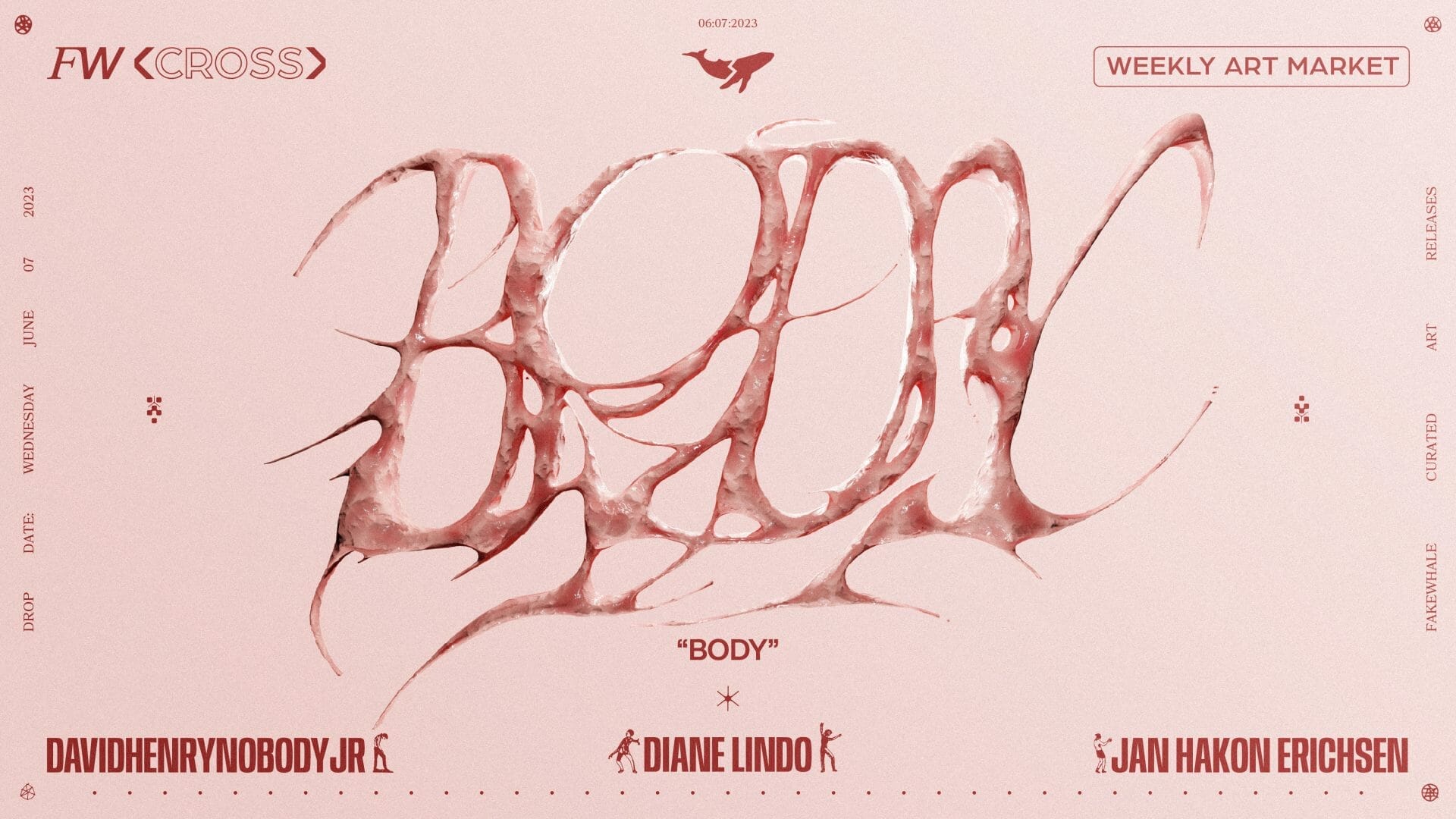
Brief intro to decentralized organizations
Decentralized organizations
A decentralized organization is a social structure that transfers control and decision-making authority from the top to its members and components through a distribution of its governance.
There is an inappropriate tendency to identify an organization that has decentralized governance with DAOs (Decentralized Autonomous Organizations). DAOs constitute the best-known type of web3 decentralized organization, but they do not include its entire phenomenology.
DAOs have evolved over time, progressively including new use cases, implementations and distribution of powers. In fact, there is a big difference between the first DAO of 2016, whose exploit led to the Ethereum hard fork, to the protocol DAOs born between 2019 and 2020 and therefore to the media and community DAOs of 2021.
Since there is no official definition of DAO, they are described in different ways, including:
– an organization managed in whole or in part via smart contracts and without centralized leadership
– an entity where members participate in management and decision-making without a central authority, collectively casting votes published on a blockchain using automated and transparent processes
– Community-owned organizations without centralized leadership where you can collaborate with strangers over the Internet and pledge funds to a specific cause safely (Ethereum.org)
Extrapolating these concepts, a DAO must satisfy the following conditions to be considered as such:
– People, even strangers to each other, who collaborate and make decisions through automated onchain processes
– The absence of a central authority
We can therefore define DAOs as one of the possible different phenomenologies within a broader concept that we can define as “Decentralized Organizations”, “Onchain Companies” or “Internet Native Organizations”.
The direct consequence is that any type of organization and company can be set up in a decentralized and onchain form by implementing forms of decentralized governance, without necessarily having to take the form of a DAO.
Of course this doesn’t mean that doing so is always convenient, it depends on the use cases, purposes and participants.
Generally, an organization should always aim for maximum efficiency in pursuing its goals and decentralization of governance in some cases may not create sufficient efficiency to motivate its implementation.
Decentralized governance: from concept to implementation
Decentralization of governance consists in the transfer of control and decision-making from a centralized entity to a distributed network This transfer can vary between delegating the decision-making process to all members and the establishment of bodies that better represent the organization itself.
Designing the governance of a decentralized organization involves many steps:
– Thoroughly understand the organization and the main use cases
– Map the organization stakeholders
– Choose of software tools to implement decentralized governance most appropriate for the individual organization
– Know and choose the most appropriate methods for exercising decentralized governance
– Assign a governance role to all key stakeholders, depending their areas of
interest and methods of participation
Stakeholder Mapping
Mapping stakeholders means understanding who holds power and/or influence inside and outside the organization, in order to design effective governance and engagement strategies.
Through mapping, we also ensure that no important stakeholders are overlooked and excluded from governance.
Choosing the implementation tools for decentralized governance
There are numerous web3 offchain and onchain tools to support D-governanceç
– Offchain governance tools – such as Discord, surveys, contests – useful for collecting feedback quickly and without the friction currently caused by interacting with a blockchain
– Hybrid governance tools – such as Snapshot – which allow the formal exercise of choices in offchain mode and subsequently notarizing the results onchain.
– Onchain governance tools – such as DAO frameworks, onchain competitions and forums, quadratic voting – useful for notarizing each individual choice, offering maximum transparency to the processes
The choice of tools to use depends on various factors, such as the level of web3 knowledge of the participants, the importance of the topic under discussion, and the methods of participation in governance implemented.
Choose the methods of exercising governance
The most frequent models of expression of decentralized governance (onchain) are those that use fungible tokens with governance utility. It is a tool that is mainly suitable for use cases in which the participants are similar to shareholders, calculating their voting power on the number of tokens owned. There are tools aimed at reducing the preponderance of the main shareholders compared to those who own a smaller percentage of tokens, such as Quadratic Voting which benefits the decisions taken by a greater number of participants compared to those who collect a greater number of tokens/votes .
However, the landscape of governance means is continually expanding, and includes – among others – the use of NFTs, Token Bound accounts and forms of digital identities.
NFTs, which can be transferable or non-transferable (Soulbound tokens), can take the form of membership or reputational claims. A specific form of NFTs are Token Bound Accounts, which can hold additional tokens both fungible and non-fungible, and come as aggregates of forms of blockchain identity.
The identity can also take the form of sovereign identity or account abstraction, thus using an onchain tool capable of separating the control of a user’s funds from the execution of smart contracts.
Problems and best practices of decentralized governance
While governance must be efficient and proactive to address every challenge, there are multiple threats to the exercise of decentralized governance.
A distributed governance that involves multiple decision-making steps or medium-long times to reach an agreement is often incapable of dealing with moments of crisis. A crisis of any kind requires very rapid and targeted interventions.
In many DAOs, the loss of interest in governance on the part of the participants is visible, if they are not adequately stimulated and incentivized or if their intervention is requested too often. This form of apathy often makes governance ineffective and leads to very low levels of participation.
The loss of effectiveness also arises from the multiplication of proposals and votes, from the use of different forms of voting or from excessively expanding participation, slowing down and distancing the governance processes from the very purposes of the organizations.
Over time, decentralized organizations have developed some successful processes that can be presented as Best Practices of decentralized governance, always remembering that there is not a common way for everyone.
The main best practices in designing and operating an organization with decentralized governance are:
– Create intermediate bodies with broad representation (delegates) that increase the efficiency and speed of processes and that can manage crises
– Build a system of checks and balances between different stakeholders, to prevent one group from easily taking control
– Use and assign the most appropriate governance tools for the representation of interested parties and the exercise of governance, not limiting themselves to the most common ones.
– Keep the stakeholders most aligned with the organization’s objectives close to the heart of the organization, both during the governance planning phase and in its execution and expression
– Implement, when and where possible, the concepts of governance minimization, to reduce power and dependence on governance
When to decentralize
There is no golden rule, every single organization has its own history and it is therefore essential to know how to identify the pros and cons of implementing a form of decentralized governance.
Among the pros and cons, what I consider most important is the preservation and extension of efficiency in achieving the goals of the organization itself, considering the desired time span (short, medium or long term), as well as the best forms of representation and participation of members and components.
Decentralization always means handing over part of the governance to others rather than holding it entirely centrally. For this transfer of power to make sense, it must be offset by positive consequences for the growth and success of the organization.
Marco Grendel
In 💜 with @0xPolygon 2.0 | Head of DAO Ecosystem @0xPolygonLabs | @banklessDAO | jokedao maxi
You may also like
Diogo Pinto, Diplomacia at Belo Campo – Galeria Francisco Fino, Lisbon
Diplomacia by Diogo Pinto at Belo Campo – Galeria Francisco Fino, Lisbon, 24.01.2025 – 07.03
Anne Imhof: Breaking Boundaries
Anne Imhof, born in 1978, has emerged as one of the most compelling voices in contemporary performan
BODY | FW CROSS
An Exploration of the Human Canvas: Fakewhale Cross presents BODY On June 7th, 2023 Fakewhale presen




